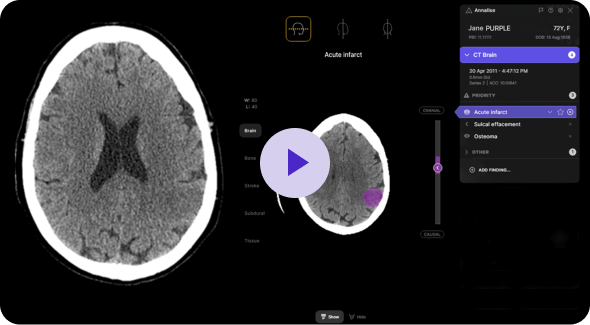Section 1557 of the Affordable Care Act (ACA) prohibits discrimination in healthcare based on race, color, national origin, sex, age, or disability. In May 2024, the U.S. Department of Health and Human Services expanded the final rule to include the use of patient care decision support tools in covered healthcare settings. This means healthcare providers are responsible for ensuring any AI tools used in patient care do not contribute to discriminatory practices.
Why is this important?
Protects Patient Equity and Safety
The rule helps ensure that all patients—regardless of race, gender, age, or disability—receive fair, unbiased, and safe care. This minimizes the risk of AI-driven decisions that could unintentionally disadvantage vulnerable populations, by holding healthcare providers accountable for the AI tools they use.
Raises the Standard for AI in Healthcare
The inclusion of decision support tools under Section 1557 sets a clear expectation: AI used in clinical care must meet high standards for fairness, transparency, and performance across diverse patient groups. This promotes better vetting, monitoring, and validation of algorithms before and during deployment.
Legal and Ethical Responsibility for Providers
Healthcare organizations can no longer treat AI as a “black box.” They are legally responsible for ensuring the tools they adopt do not introduce or perpetuate bias. This shift places greater emphasis on governance, documentation, and ongoing evaluation of AI systems to remain compliant and ethically sound.
How Annalise Enterprise Critical Care supports compliance
1. Alignment with Federal standards
Annalise Enterprise Critical Care is designed in a way that supports ACA Section 1557 compliance. Annalise AI follows FDA guidelines to ensure the software minimizes risk of discriminatory bias and facilitates use in diverse patient populations.
2. Responsible use of patient data
Annalise Enterprise Critical Care does not use protected demographic information such as race, national origin, sex, or disability status. Age is solely used as an input to ensure images are analyzed according to the device’s intended use in patients aged 22 years and older.
3. Bias mitigation strategies
Annalise Enterprise Critical Care is trained on one of the world’s largest, most demographically diverse datasets and detects a broad set of findings. It has been independently validated on a U.S. population across a range of patient demographics, disease characteristics, and technical factors and does not show significantly different performance across subgroups.
4. Ongoing performance monitoring
Annalise AI regularly monitors model performance through:
- Global post-market clinical evidence
- Local validation studies and internal performance investigations
- Review of customer feedback and complaints.
5. Transparency and accountability
Subgroup performance data submitted to and reviewed by the FDA is readily available in Annalise AI Performance Guides. (Ask us more)
6. Training and standards
- Our development teams follow the FDA’s Good Machine Learning Practice principles.
- Annalise AI is an AdvaMed member and adheres to its Code of Ethics and Principles on Health Equity.
- All users are trained on intended use and can submit feedback for ongoing monitoring.
What is Annalise Critical Care AI?
Annalise Critical Care AI is the most comprehensive triage solution for chest X-rays (CXR) and non-contrast head CT (NCCTB) currently available in the US. It detects and prioritizes 11 time-sensitive findings commonly seen in emergency settings.
It’s the only AI solution that can distinguish between pneumothorax and tension pneumothorax on CXR, and was awarded FDA Breakthrough Device status for identification of obstructive hydrocephalus.
With the option to configure up to five operating points per finding, the system offers unmatched flexibility to fit a variety of clinical workflows.
Annalise Critical Care AI is particularly valuable in high-risk situations with limited staff—such as nights and weekends—by providing immediate alerts for urgent conditions. In studies, our triage solutions have improved median report turnaround times by up to 39%.[1]
For more information, read the FAQs or reach out to our sales team.
[1] Karunasena S et al. Radiologist reporting productivity benefits from AI-assisted triage of CXR studies in clinical practice. Poster presented at BIR Annual Congress 2022.

